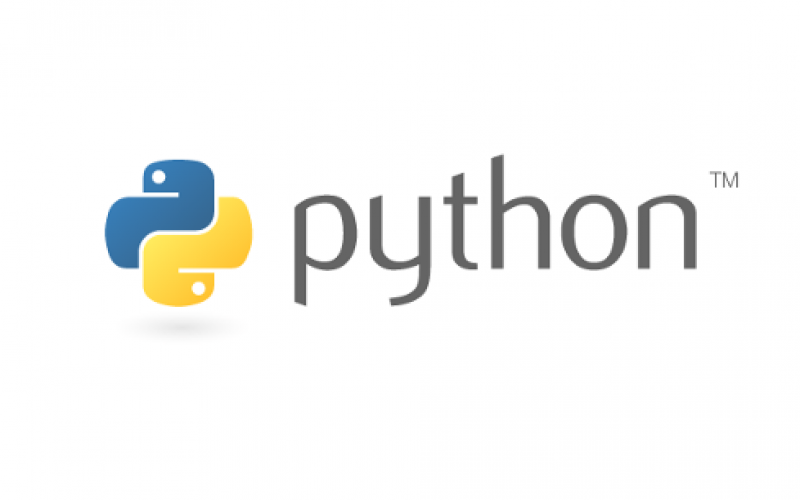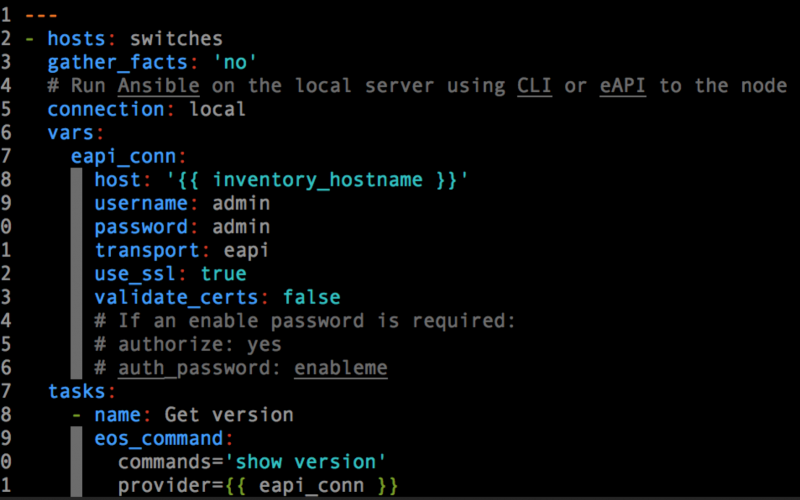Automation is all the rage in IT these days, especially in networking, where overworked engineers are eager to reduce the time they spent on manual tasks. The keen interest in network automation was undeniable at Interop ITX, where a workshop on the topic drew a full house of IT pros.
Network automation involves things like standardizing network device configurations, ensuring all switches have same time and DNS service settings, Scott Lowe, one of the workshop leaders, said in an interview at Interop ITX. "What we're trying to do is drive out inconsistency from the network," he said. "Inconsistency is what bites us at 3 a.m. when there's an outage and there's that one switch in one location that's configured a little differently and causing problems."
By reducing manual effort and cutting down on all those little fires through automation, engineers can free themselves to work on more strategic projects, said Lowe, a well-known author and podcaster who is currently an engineering architect on the NSX team at VMware.
One of the biggest questions networking pros can have about network automation is how to get started. Lowe said there are a lot of different paths, depending on your background.
For example, if you have some programming experience, you could start developing Python scripts. Or if you have templating experience, you could write templates to create standard configurations for network devices. Meanwhile, someone with server expertise and familiar with configuration management tools might learn how to use an Ansible playbook for network automation.
To help you get started, we've collected some network automation tools, cheatsheets, and educational resources. Check them out and begin your journey today.
(Image: Photon photo/Shutterstock)


















